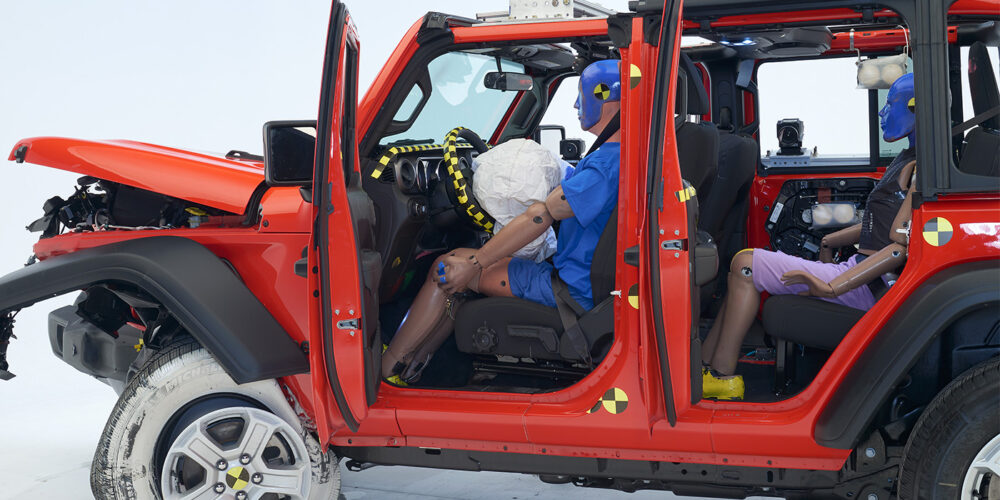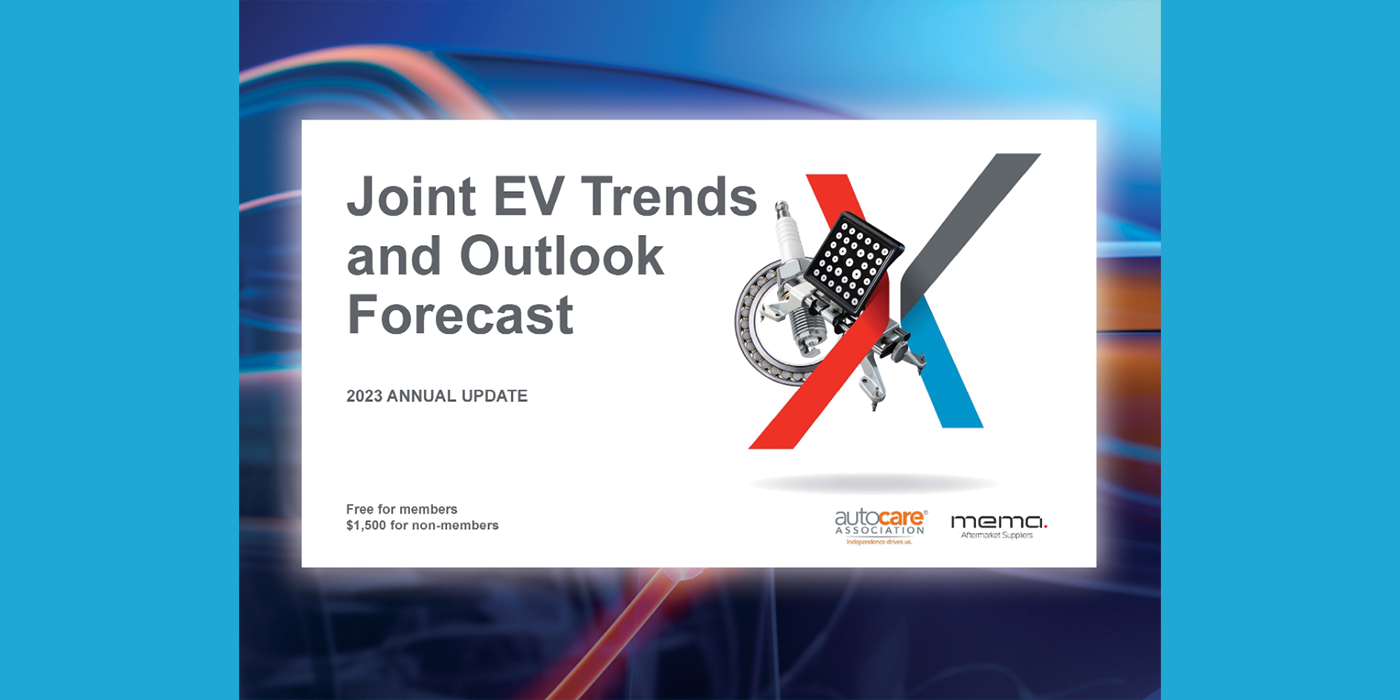Most mid-size SUVs offer inadequate front crash protection for passengers seated in the rear, the latest crash test ratings from the Insurance Institute for Highway Safety (IIHS) show.
“All these vehicles provide excellent protection for the driver,” said IIHS President David Harkey, “but only a handful extend that level of safety to the back seat.”
IIHS says it recently updated its longstanding moderate overlap front crash test to add a rear passenger dummy positioned behind the driver. Although the test still includes a driver dummy, rear passenger protection is the main thing currently differentiating vehicles in this test.
Of 13 mid-size SUVs tested, only four — the Ford Explorer, Ford Mustang Mach-E, Subaru Ascent and Tesla Model Y — earned good ratings, according to IIHS.
Three others, the Chevrolet Traverse, Toyota Highlander and Volkswagen Atlas, earn marginal ratings. Six more, the Honda Pilot, Hyundai Palisade, Jeep Grand Cherokee, Jeep Wrangler 4-door, Mazda CX-9 and Nissan Murano, are rated poor.
IIHS says it launched the updated moderate overlap front test last year in response to research showing that the front-seat safety gains that were driven by the original evaluation have not been matched in the rear. In vehicles from model year 2007 onward, the risk of a fatal injury is 46 percent higher for belted occupants in the rear seat than in the front. This isn’t because the rear seat has become less safe, but because restraint technologies have only improved in the front seat.
The new test incorporates a Hybrid III dummy representing a small woman or 12-year-old child positioned in the second row behind the driver and uses specific metrics that focus on the injuries most frequently seen in rear-seat occupants, IIHS says.
To earn a good rating, IIHS adds, measurements recorded by sensors in the second-row dummy must not exceed limits indicating an excessive risk of injury to the head, neck, chest, abdomen or thigh. Video footage and greasepaint applied to the dummy’s head must confirm that the restraints prevented the head from hitting the vehicle interior or coming too close to the front seatback and also prevented the dummy’s body from “submarining,” or sliding forward beneath the lap belt, which causes abdominal injuries. A pressure sensor that monitors the position of the shoulder belt on the torso of the dummy is also used to help gauge the risk of chest injuries.
“Zeroing in on weaknesses in rear seat safety is an opportunity to make big gains in a short time, since solutions that are already proven to work in the front can successfully be adapted for the rear,” said IIHS Senior Research Engineer Marcy Edwards, who led the development of the updated test. “The four good ratings in this round of testing show that some automakers are already doing it.”
For more information, visit iihs.org.













